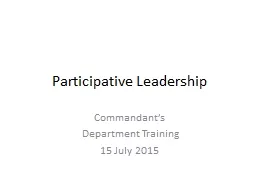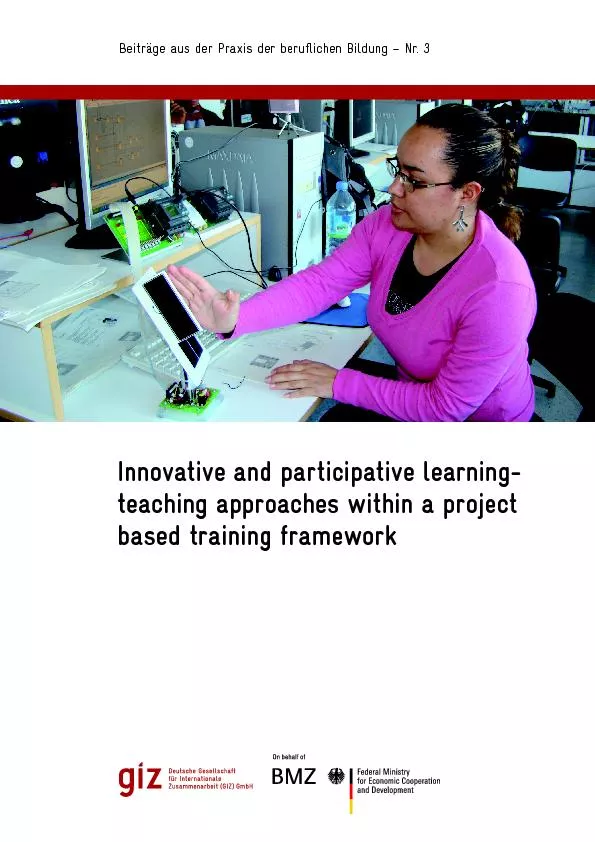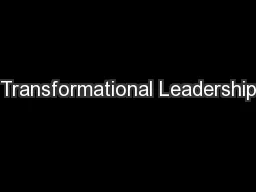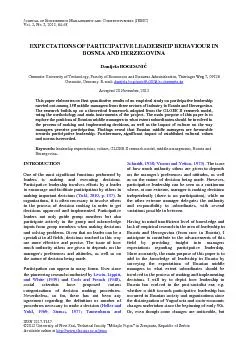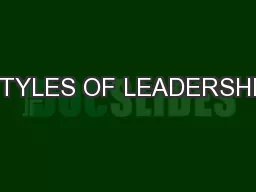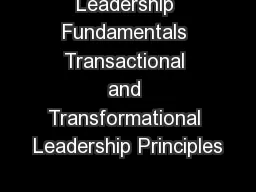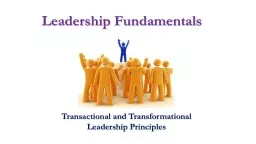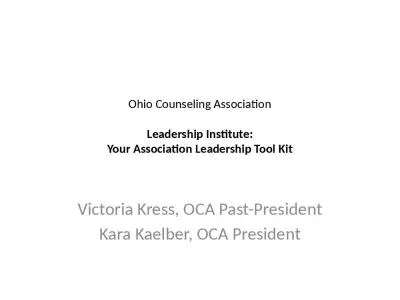PPT-Participative Leadership
Author : liane-varnes | Published Date : 2017-05-27
Commandants Department Training 15 July 2015 Leadership Leadership is the art of getting someone else to do something you want done because he wants to do it Dwight
Presentation Embed Code
Download Presentation
Download Presentation The PPT/PDF document "Participative Leadership" is the property of its rightful owner. Permission is granted to download and print the materials on this website for personal, non-commercial use only, and to display it on your personal computer provided you do not modify the materials and that you retain all copyright notices contained in the materials. By downloading content from our website, you accept the terms of this agreement.
Participative Leadership: Transcript
Download Rules Of Document
"Participative Leadership"The content belongs to its owner. You may download and print it for personal use, without modification, and keep all copyright notices. By downloading, you agree to these terms.
Related Documents

